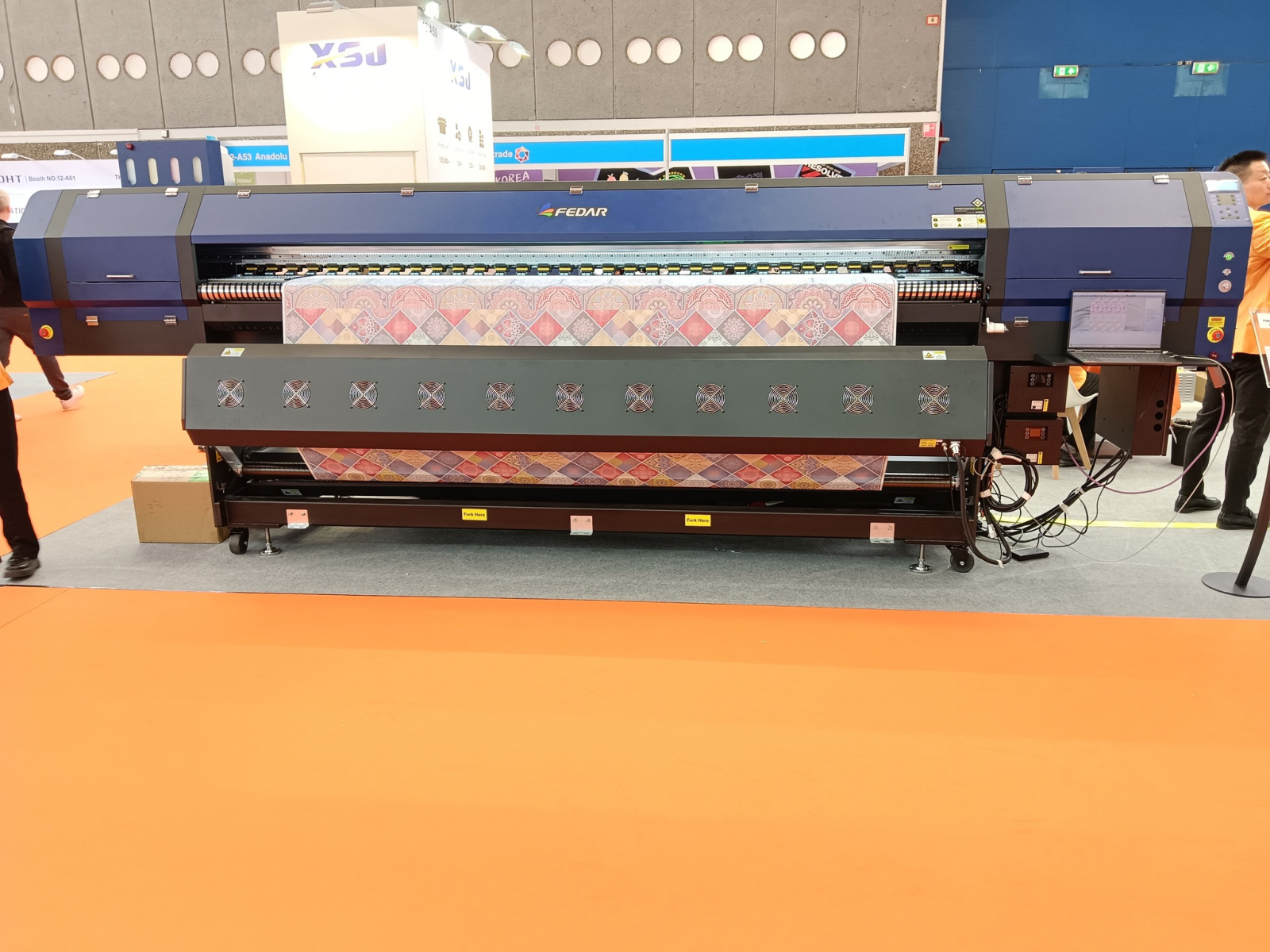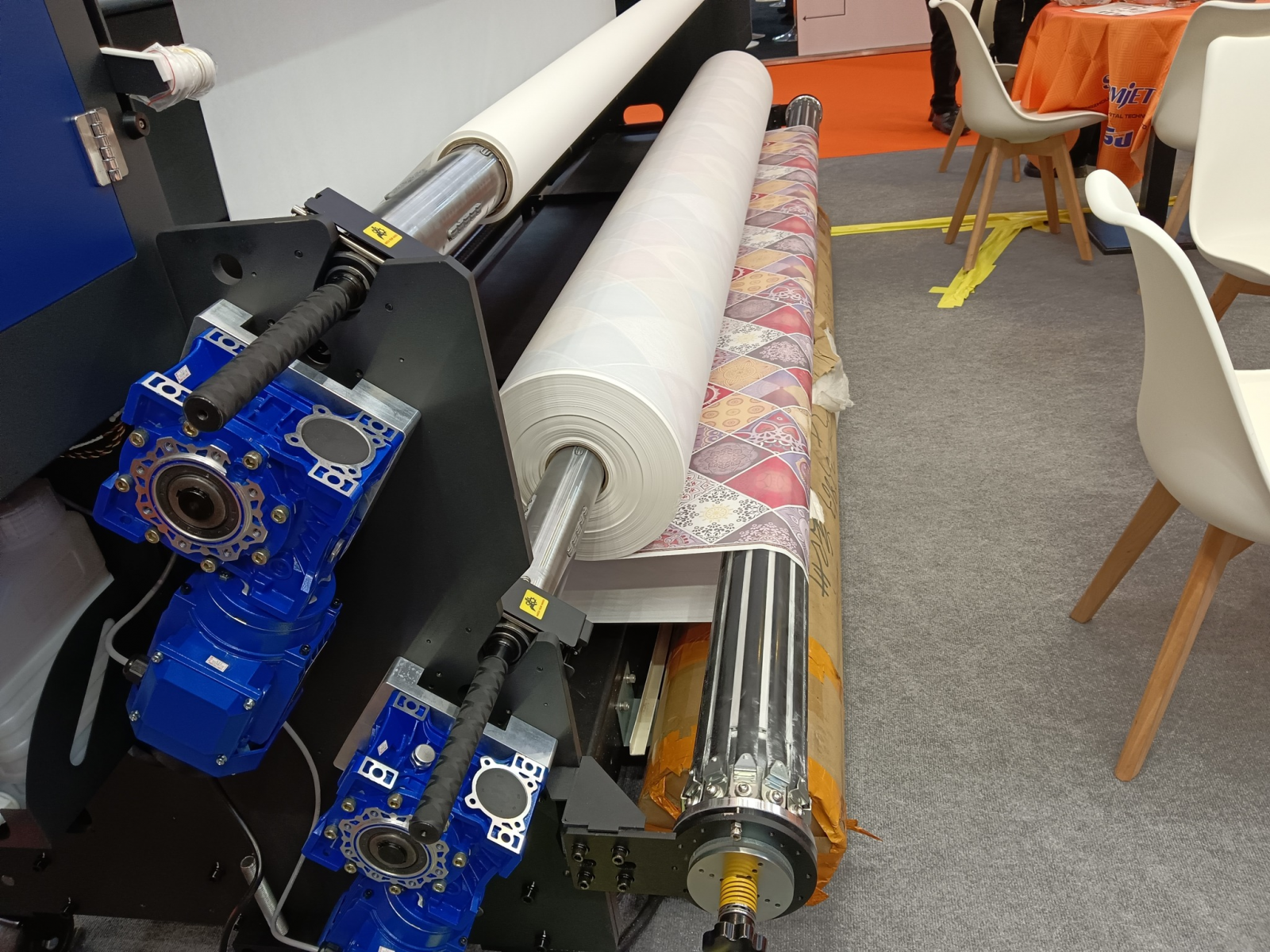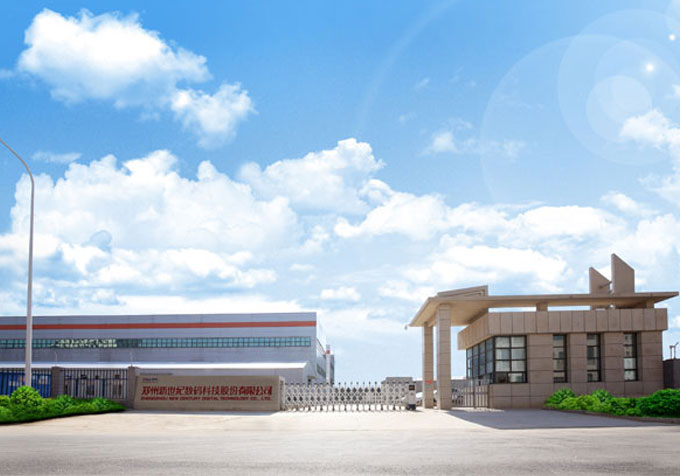In the world of dye-sublimation printing technology, every printed product is a perfect combination of art and technology. However, even the most advanced equipment can encounter challenges. This article will take a deep dive into the five most common problems in the dye-sublimation printing process and their solutions, and provide a detailed buying guide to help you choose the right dye-sublimation printer to improve your print quality.
1. Fight against moisture: goodbye to color fading and water stainsProblem Analysis: Moisture absorbed by the backing material during the heat sublimation transfer process can cause color fading or watermarks on printed fabrics, especially on machines that have not been used for a long time.
Solution: Periodically heat press the backing material before and after the transfer to evaporate moisture. In addition, choosing a less hygroscopic backing material can effectively minimize moisture build-up.
2. Humidity Campaign: Maintaining Print ClarityProblem Analysis: In humid environments, printed patterns and moisture-prone fabrics can soften and wrinkle during the transfer process, resulting in uneven patterns or blurred outlines.
Solution: Ensure that printed papers and fabrics are stored in a dry room during the rainy season to protect them from moisture. Using a moisture-proof box or desiccant is also a good option.
 3. The mystery of ghosting: precise control to ensure clarity
3. The mystery of ghosting: precise control to ensure clarityProblem Analysis: Fabric stretching or too fast lifting and lowering of the hot platen will cause ghosting and affect the transfer quality.
Solution: Preheat the fabric to reduce thermal expansion and contraction. Adjust the dye sublimation printer's cylinder speed to slow down the platen's lifting speed, and use extra paper to isolate the fabric from the liner to prevent ghosting and protect the liner at the same time.
4. The challenge of gluing fabrics: low temperature and slow pressing to ensure accuracyProblem analysis: Transferring on fabrics with adhesive on the back will produce water spots, blotches, blistering patterns, and even cause the fabric to stick to the filler, affecting the aesthetics.
Solution: Cut the fabric into smaller pieces, reduce the transfer temperature, extend the pressing time, let the ink sublimate slowly, ensure the effective evaporation of water and avoid interference.
5. Uneven transfer: attention to detail is the keyProblem Analysis: Deformation of the liner, failure of the heating element or poor quality of the transfer paper can lead to uneven patterns or low transfer rates.
Solution: Regularly check and replace worn-out liners, ensure that the heating system is functioning properly, and adjust the pressure balance on the roller press. Select high-quality sublimation transfer paper, especially for digital dye sublimation, and avoid low-end products with low transfer rates.

Dye Sublimation Printer Buying Guide
Printing Resolution: Choose a high resolution dye sublimation printer to ensure the clarity and fineness of the printed pattern. Usually, printers with a resolution of 300dpi or above can meet most needs.
Printing speed: Choose the right printing speed according to your production needs. High-speed printers are suitable for high-volume production, while low-speed printers are more suitable for fine work.
Ink system: Make sure the printer uses high-quality dye sublimation ink to ensure vibrant and long-lasting colors. Some high-end printers are also equipped with continuous ink supply systems that can reduce printing costs.
Media compatibility: Choose a printer that is compatible with a wide range of media (e.g. fabric, ceramics, metal, etc.) to expand your business scope.
Brand and after-sales service: Choose a well-known brand of dye sublimation printer to ensure the quality and timeliness of after-sales service. Some brands also provide technical support and training to help you use the equipment better.
Conclusion
Mastering every detail in the journey of dye sublimation printing is the way to excellence. By implementing these solutions and choosing the right equipment, you can confidently tackle the challenge of creating more vivid, sophisticated prints. Let technology and creativity work hand in hand to open a new chapter in dye sublimation transfer technology!
If there's anything we can do to further showcase machines' features, please let us know.
Email: sale@fedar.net
Whatsapp:
http://wa.me/8615515715397 Our company has over 30 models of printers with independent intellectual property rights and patents. Marketed under the esteemed brands of
Skycolor,
Stormjet, and
Fedar brands, these printers cover a wide range, including digital textile printers, UV printers, eco-solvent printers and more. Known for their exceptional quality and performance.




